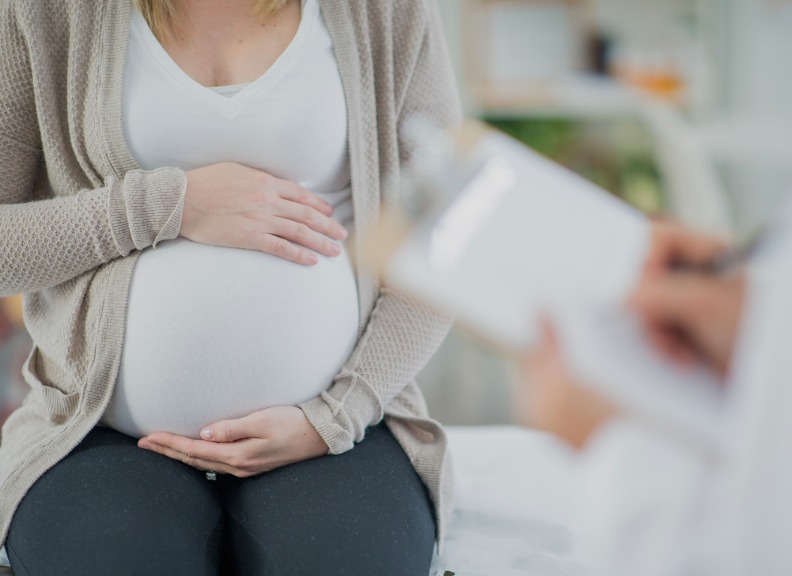
Migration, Ethnicity, Healthcare and Reproduction (MEHR) Project
Exploring migrant pregnancy and related health services
Immigration is the principal component of population growth in Australia, and more than 30 per cent of women who give birth in Western Australia each year were born overseas. A ‘typical’ Western Australian has at least one parent who was born overseas, according to the 2016 census, with migrant families outnumbering non-migrants. Evidence suggests immigrants are at risk of situations which can leave them vulnerable to adverse health outcomes. However, the influence of migration and ethnicity on health has not thoroughly been investigated in WA.
Using the WA Data Linkage System, the Migration, Ethnicity, Healthcare and Reproduction (MEHR) Project examines pregnancy health and patterns of service use, perinatal morbidity and mortality, as well as healthcare expenditure among different WA migrant population groups. The MEHR project aims to research healthcare and potential outcome disparities among different populations within WA to identify modifiable factors and develop appropriate policies for improving population health.
Research team leader: Dr Maryam Mozooni

Dr Maryam Mozooni is an overseas-trained medical doctor and a migrant mother of two children born in Australia. Dr Mozooni’s research focuses on migration, ethnicity, health and reproduction, exploring related public health and services in Western Australia.
Working as a Research Fellow at the Division of Obstetrics and Gynecology within UWA’s Medical School, Dr Mozooni is supervised by Professor David Preen from the School of Population and Global Health at UWA and Professor Craig Pennell from the School of Medicine and Public Health at the University of Newcastle.
Collaborating with us
This study uses de-identified administrative health data provided by data linkage branch of WA Department of Health. However, we value community involvement and contribution to research development. If you are interested in being involved, contact Dr Maryam Mozooni for more information.
Since 2017 we have received funding from Red Nose and the Women and Infants Research Foundation.


Readings
If you are interested to read more about this field of research, see the below:
- United Nations, Department of Economic and Social Affairs, Population Division (2016). International Migration Report 2015: Highlights. (ST/ESA/SER.A/375).
- von Katterfeld B, Li J, McNamara B, Langridge AT. Obstetric profiles of foreign-born women in Western Australia using data linkage, 1998-2006. Aust N Z J Obstet Gynaecol. 2011;51(3):225-32.
- Mozooni M, Pennell C, Preen D. Ethnicity and intrapartum stillbirth in Western Australia. Journal of Paediatrics and Child Health. 2014;50 Suppl 1.
- Mozooni M, Preen D, Pennell C. Modifiable Factors for Increased Risk of Antepartum and Intrapartum Stillbirth in Migrants and Non‐Caucasian Ethnicities. Journal of Paediatrics and Child Health. 2018;54(S1):37.
- Mozooni M, Preen D, Pennell C. The ‘Healthy Migrant Phenomenon’: how long does it last? European Journal of Public Health. 2018;28(suppl_1):cky047.01-cky.01.
Stillbirth, Migration and Ethnicity: The Bells Toll for Thee
Stillbirth, the death of a baby before birth, is one of the most devastating events in obstetrics. It profoundly affects women’s and their families’ wellbeing, while the stigma associated with it makes it an unspoken sorrow in many countries.
Read moreThe effect of migration and acculturation on stillbirth risk in WA
Stillbirth accounts for more than 2000 deaths in Australia annually with a national rate of 7 per 1000 births. This is more than 17 times the rate of Sudden Unexpected Deaths in Infancy (SUDI) in Australia which is now at an incredibly low rate of 0.4 per 1,000 births.
Read moreGroundbreaking research in the reduction of stillbirths
Due to the depth and breadth of linked registries, this project has an unprecedented ability to identify factors influencing the rate of stillbirth; this will inform public health policy and development of strategies for the prevention of stillbirth.
Read more




































